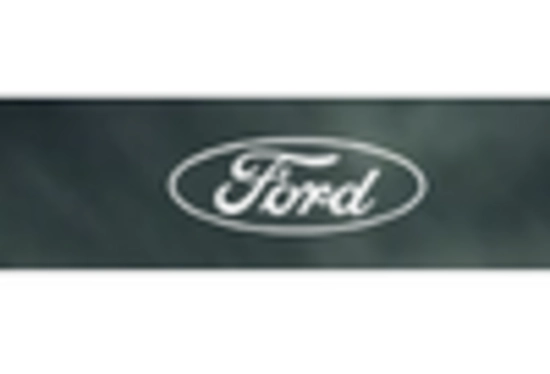Market Share
Electric Light Commercial Vehicle Market Share Analysis
Local pollution levels as well as transportation emissions have prompted the shift by logistic firms towards EVs and at this trend. One such trend is that delivery services providers are increasingly using electric vans and trucks that are environmentally friendly thereby reducing their carbon print. The demand for electric light commercial vehicles has grown rapidly due to increased focus on urban air quality and last mile delivery solutions. In crowded cities where pollution and traffic congestion are major challenges, electric LCVs provide a cleaner alternative for transporting goods silently. Additionally, government authorities offer subsidies, tax rebates, among other incentives to encourage people to buy these vehicles globally.
The market trends of electric LCVs have been shaped by technological advancements and battery technology improvements. The fear of electric vehicles running out of charge has been reduced by the development of batteries that have larger capacities as well as longer ranges. This means that now, e-commerce businesses, food delivery firms and utilities operate in various fields can utilize electric LCVs. The fall in the cost of batteries and increase in their energy density are expected to boost the affordability and efficacy of electric LCVs hence making them gain broader acceptance among potential customers. Besides, there are several models of electrical light commercial vehicles (LCVs) with diverse sizes and capabilities due to innovation efforts by motor vehicle industry. Thus, companies have designed small electric vans for city center deliveries and bigger trucks for carrying heavier cargo loads while being mindful about different organizations' needs. This has given more potential buyers a reason for preferring such cars instead other types of motor vehicles.
Additionally, corporates are embracing the concept of green fleets whereby they will entirely replace their fleet with electric cars. Changing over its entire fleet to zero-emission vehicles is not just a smart move towards sustainability but also an opportunity to build trust among the environmentally sensitive consumers. As businesses incorporate social responsibility in their strategies; it is likely that this trend will favor growth within this particular area which means more uptake since it establishes positive feedback loop. Environmental consciousness, regulatory support, technological advances and industry collaborations are some factors driving positive dynamics in the electric light commercial vehicle market today. Electric LCV’s are thus expected to play a major role in determining what sustainable transport infrastructure would look like going forward as these provide cleaner alternatives for businesses’ commercial operations.

















Leave a Comment